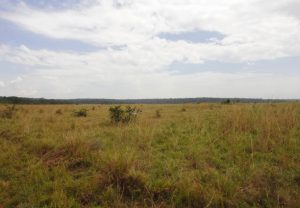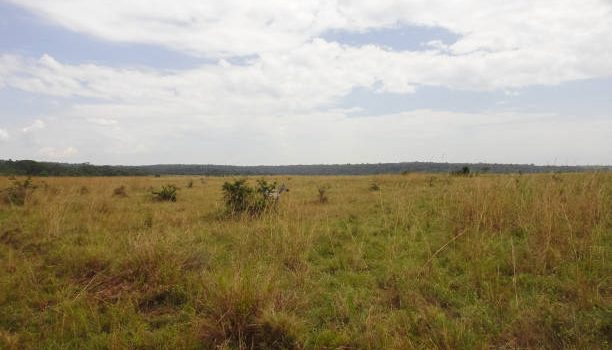
 Nairobi, the bustling capital city of Kenya, stands as the epicenter of economic activity and development in East Africa. Amidst its dynamic landscape, the real estate market in Nairobi offers investors a plethora of opportunities, particularly in land acquisition. This article delves into the allure of investing in land for sale in Nairobi and outlines key considerations for prospective investors.
Nairobi, the bustling capital city of Kenya, stands as the epicenter of economic activity and development in East Africa. Amidst its dynamic landscape, the real estate market in Nairobi offers investors a plethora of opportunities, particularly in land acquisition. This article delves into the allure of investing in land for sale in Nairobi and outlines key considerations for prospective investors.
The Appeal of Nairobi
As a major economic and cultural hub, Nairobi attracts investors from across the globe seeking to capitalize on its growth potential. The city serves as a melting pot of diverse cultures, offering a vibrant lifestyle and a conducive business environment. Nairobi’s strategic location, well-developed infrastructure, and burgeoning population contribute to its status as a premier destination for real estate investment.
Urbanization and Demand Dynamics

Rapid urbanization and population growth continue to drive demand for real estate in Nairobi. The city’s expanding middle class, coupled with an influx of expatriates and foreign investors, fuels demand for residential, commercial, and industrial spaces. As such, land for sale in Nairobi represents a coveted asset, offering investors an opportunity to participate in the city’s transformation and capitalize on its growth trajectory.
Investment Opportunities
Land acquisition in Nairobi presents investors with a myriad of opportunities across various sectors. From residential developments in burgeoning neighborhoods to commercial projects in prime business districts, Nairobi offers a diverse range of investment options to suit different preferences and risk appetites. Moreover, the city’s status as a regional economic powerhouse enhances the long-term viability of real estate investments, making it an attractive proposition for discerning investors.
Navigating the Market
Navigating the real estate market in Nairobi requires a strategic approach and thorough due diligence. Prospective investors should conduct comprehensive research, assess market trends, and engage with reputable real estate agents and developers to identify lucrative investment opportunities. Additionally, understanding regulatory requirements and zoning regulations is crucial to navigating the complexities of land acquisition in Nairobi effectively.

Land for sale in Nairobi represents a prime investment opportunity for individuals and institutions looking to capitalize on the city’s economic dynamism and growth prospects. By leveraging the city’s strategic advantages, robust infrastructure, and diverse investment landscape, investors can unlock the full potential of real estate in Nairobi and position themselves for long-term success.
In summary, Nairobi’s real estate market offers unparalleled opportunities for investors seeking to tap into East Africa’s economic powerhouse. With land for sale serving as a gateway to lucrative investments, Nairobi continues to attract discerning investors keen on maximizing returns and contributing to the city’s ongoing development and transformation.











 Machakos, a vibrant county in Kenya, is rapidly emerging as a hotspot for real estate investment, particularly in land acquisition. With its strategic location, favorable climate, and ambitious development plans, Machakos offers investors a lucrative opportunity to capitalize on the region’s growth potential. This article delves into the dynamics of the
Machakos, a vibrant county in Kenya, is rapidly emerging as a hotspot for real estate investment, particularly in land acquisition. With its strategic location, favorable climate, and ambitious development plans, Machakos offers investors a lucrative opportunity to capitalize on the region’s growth potential. This article delves into the dynamics of the 






 When it comes to buying land, the adage “location, location, location” rings true. Selecting the perfect plot involves careful consideration of various factors to ensure it aligns with your needs and goals.
When it comes to buying land, the adage “location, location, location” rings true. Selecting the perfect plot involves careful consideration of various factors to ensure it aligns with your needs and goals.


 Investing in land can be a lucrative venture for those seeking long-term returns and portfolio diversification. Whether you’re a seasoned investor or a newcomer to the market, understanding the dynamics of land buying for profit is essential.
Investing in land can be a lucrative venture for those seeking long-term returns and portfolio diversification. Whether you’re a seasoned investor or a newcomer to the market, understanding the dynamics of land buying for profit is essential.

